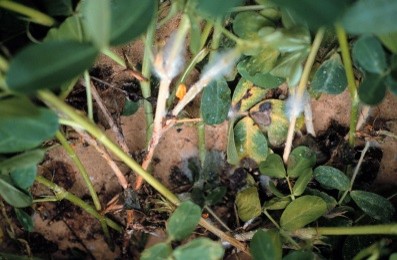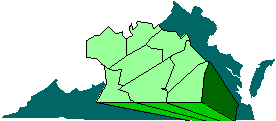As August approaches, now is the time to be scouting peanuts for leaf spot and soilborne diseases and making timely fungicide applications. Calendar-based or advisory-based spray programs can be followed, but be sure to make your fungicide applications before rainy weather makes it difficult to get into fields. Many of our leaf spot outbreaks over the past couple of years were due to extended periods of rainfall and delayed fungicide applications. Cooler, wet weather over the past several days has increased the risk for Sclerotinia blight. In our research plots at the Tidewater AREC, we found small amounts of late leaf spot, Sclerotinia blight, and southern stem rot this week. The leaf spot and Sclerotinia blight advisories, which can be found on the Peanut Cotton Infonet website, indicate disease risk is currently high. For fungicide recommendations, contact your county extension agent or Dr. Hillary Mehl (hlmehl@vt.edu).


